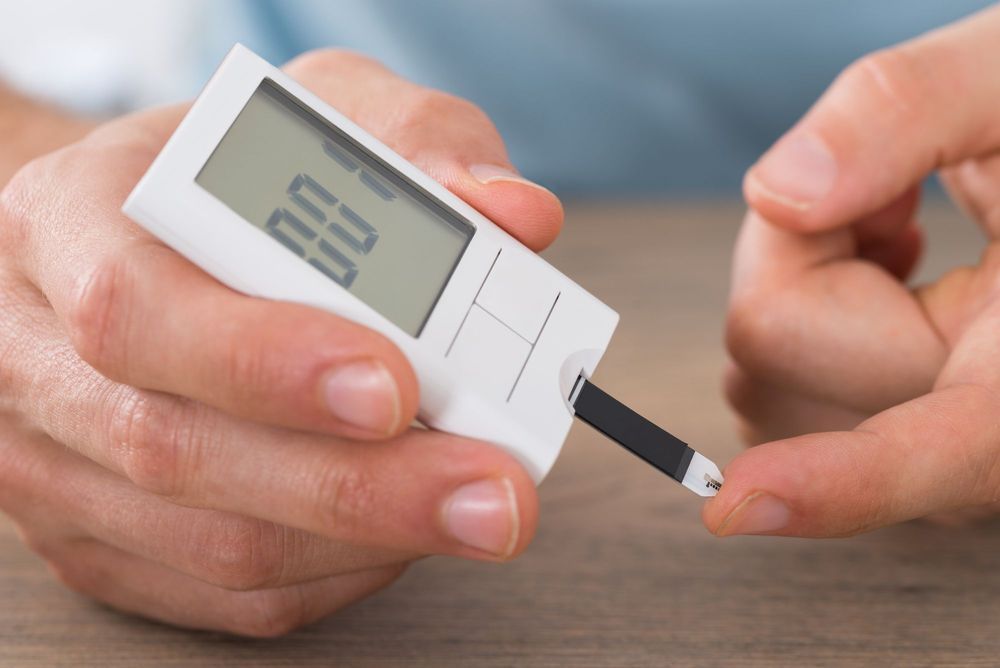A new study analyzed data from more than 750,000 adults in the United States, Europe and Australia, and found that recommended amounts of physical activity correlated with lower risks of seven types of cancer, of the 15 researchers looked at.


Has anybody else notice the light spectrum in new imaging. Color equals light frequency. This should be a major study. This vid is just for the color imagings reference.
In this informative talk about brain health, Dr. Daniel G. Amen makes a powerful case for preventative living through healthy habits. In a time where bodies are expanding and brains are shrinking, he calls this game-changing lifestyle The Brain Warrior’s Way.
The plan focuses on diet and exercise and delivers results in not only physical but also scientific proof. In a series of images, Amen shows several shrunken brains that with a proper lifestyle, expand to a healthier mass in a matter of months.
“You just have to make a series of really smart decisions, and ask yourself every day, ‘Is what I’m doing today good for my brain, or bad for it?’” –Dr. Daniel Amen.
Hear more great speakers at the next SUCCESS Live event Sept. 8–9 in Long Beach. Get your tickets here: https://www.successliveevent.com/.
This is the fourth instalment in a four-part series examining the brewing US-China war over the development and deployment of artificial intelligence technology.
China has had success with AI and surveillance, but when it comes to social issues such as education, health care and agriculture, there is still a ways to go.
China has had success with private sector AI, but when it comes to social issues such as education, health care and agriculture, there is still some way to go to reach its goals.


Mice fed a plant-rich diet are less susceptible to gastrointestinal (GI) infection from a pathogen such as the one currently under investigation for a widespread E. coli outbreak tied to romaine lettuce, UT Southwestern researchers report. A strain of E. coli known as EHEC, which causes debilitating and potentially deadly inflammation in the colon with symptoms such as bloody diarrhea and vomiting, is implicated in several foodborne outbreaks worldwide each year.
“There has been a lot of hearsay about whether a plant-based diet is better for intestinal health than a typical Western diet, which is higher in oils and protein but relatively low in fruits and vegetables,” says Vanessa Sperandio, Ph.D., professor of microbiology and biochemistry at UT Southwestern. “So we decided to test it.”
Her study on a mouse model of EHEC is published this week in Nature Microbiology.

There are many different types of probiotic and many brands to choose from. For this reason, it can be difficult to know which probiotic is best for different situations.
The best probiotics for a person can depend on the strain of bacteria, how many bacteria the supplement contains, and whether or not the product also includes prebiotics.
Some research suggests that probiotics can help keep the gut healthy and may help relieve the symptoms of some health conditions.

Consuming a diet high in sugar and fat is a known risk factor for a number of health problems, including obesity and type-2 diabetes. A new study from the University of Illinois has found that consuming caffeine from coffee, tea, and other sources may help protect against some of the health consequences often resulting from poor dietary habits. Similar benefits were also associated with consuming synthetic caffeine.
Hey, this guy is amazing. He’s the Kurzweil/Diamandis of psychiatry.
Click here (http://bit.ly/1zYbN7v) to receive a FREE video series designed to introduce you to my new revolutionary movement called the Brain Warriors Way.
Join Daniel’s 140k+ FB fans: http://bit.ly/DAmenFB
Tweet Daniel: http://bit.ly/DAmenTW
Follow Daniel on Instagram: http://bit.ly/DAmenInsta
Connect with Daniel on LinkedIn: http://bit.ly/DAmenLI
Visit my Website: http://bit.ly/DDAMD
— Summary –

Research led by the University of California, Los Angeles (UCLA) has uncovered a new process that may help explain how Type 2 diabetes develops. In tests on live mice and human cells in the lab, the team found a new mechanism besides insulin resistance and high glucose levels that triggers pancreatic cells to begin overproducing insulin.
Type 2 diabetes is the form of the disease that’s usually a result of lifestyle choices, such as poor diet and not enough exercise. It involves a kind of vicious cycle of insulin – beta cells in the pancreas produce too much insulin, which causes the body to become resistant to it. That in turn means the beta cells could produce even more to compensate.
It was long thought that high glucose levels – most commonly caused by eating too much sugary and fatty foods – was the trigger for the beta cells to begin overproducing insulin. But it’s also been shown in the past that even beta cells isolated in a lab dish can over-secrete insulin, without glucose playing a part.

It’s true that dogs demand a lot from their owners—but they also offer a lot in return.

Are you on the fence about getting a dog? Worried that he’ll pee on the carpet or chew the furniture? Well, he might—at least at first. But he’ll also add so much joy and love to your life. And the benefits of having a dog don’t stop at him being adorable and snuggly; according to a growing body of science, dogs can be good for your physical and mental health, too. Here’s what the research has to say: